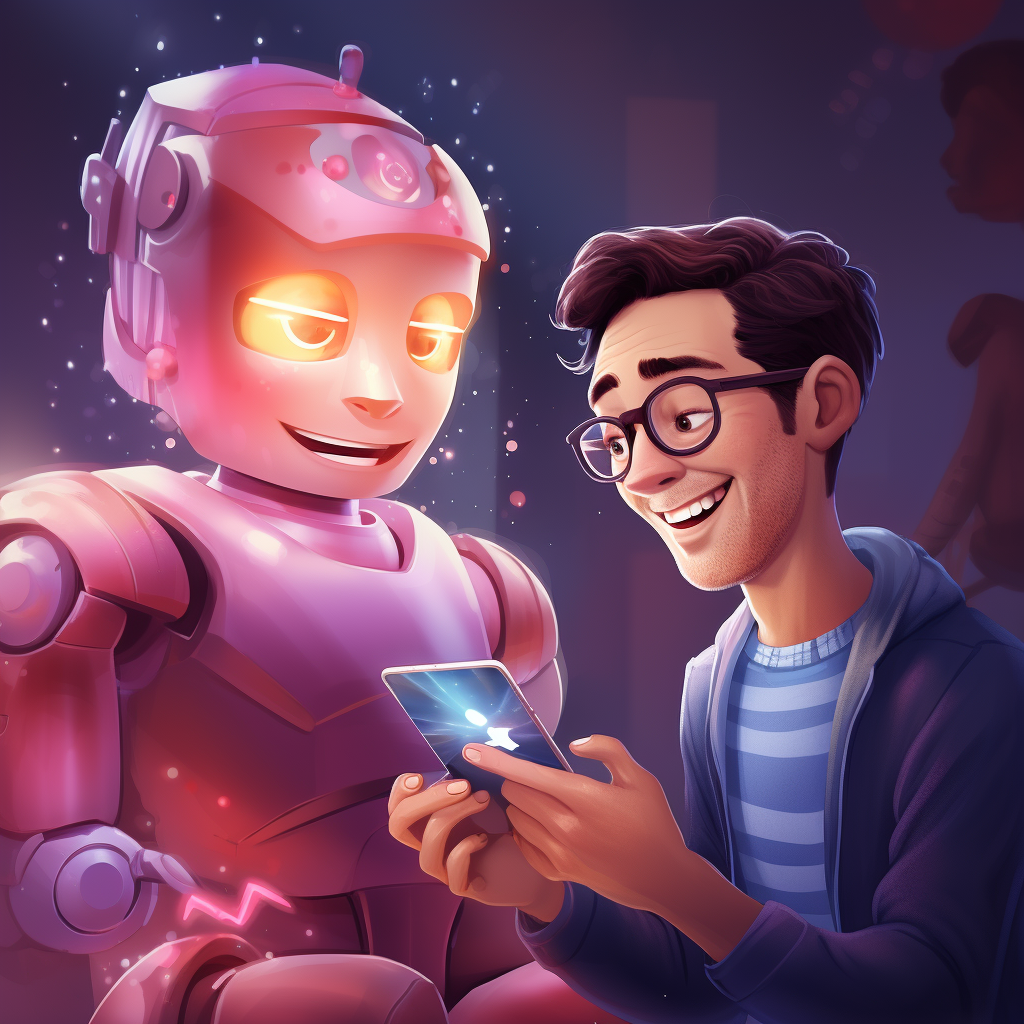Hello, Tech Trailblazers! 🌌
Want to dive into a world that’s booming with opportunities for both greenhorns and veterans? The realm of AI app development is expanding faster than you can say “Siri, play my favorite song.” Whether you’re new to the scene or a seasoned pro, there’s a spot for you in this ever-evolving landscape.
Why the Buzz Around AI Apps?
It’s not just about apps that beep and blink. Today’s AI-driven apps predict, interact, and amaze. Think of a mini-wizard in your pocket, always a step ahead, predicting your next song, food order, or online buy.
The Spectrum of AI Apps:
- Voice Assistants: Like Siri and Alexa, they’re making our tasks a song.
- Augmented Reality: Apps that merge digital and real worlds. Pokémon GO, anyone?
- Fitness Trackers: Those that detect our every move and heartbeat.
- Chatbots: Virtual customer assistants that never sleep.
Detailed Steps to AI Stardom:
- Pick Your Playground (Choosing a Platform):
- iOS, Android, or Web? Think of this as picking a stage for your show. Each platform has its audience. iOS users adore sleek designs, Android fans love customization, and web aficionados crave speed and accessibility.
- Example: If you’re dreaming of an AI app that helps users pick fashion outfits, maybe starting on iOS would be a good bet given its user demographic.
- Arm Yourself (Tools & Languages):
- Python & JavaScript: These aren’t just coding languages, they’re your quill and parchment, your paint and brush. Python, especially with libraries like TensorFlow, is a deep learning powerhouse. JavaScript, with libraries like Brain.js, brings AI magic to web apps.
- Example: Remember the face filter apps that turn your photo into a Renaissance painting? That’s Python and deep learning at play!
- Engage with Prompts:
- Prompts are conversational nudges. Instead of bluntly telling AI to “fetch information”, you’re casually asking, “Hey, remember that data we talked about?”
- Example: It’s the difference between shouting an order at a waiter versus politely asking for a menu suggestion.
- Fine-Tune Your Spells (AI Models & Training):
- Training is where your AI gets its knowledge. Feed it quality data, and it’ll shine. Feed it junk, and… you get the point.
- Example: It’s like teaching a dog tricks. A well-trained dog can fetch the newspaper, while an untrained one might just fetch… well, chaos!
- Show Off Your Masterpiece:
- After rigorous testing, release your app into the wild. Observe user feedback and be ready to iterate.
- Example: Think of this as a chef serving a new dish. First, it goes to the tasting table, receives feedback, then it’s ready for the main menu.
Prompts: The Sweet Talk in AI
To an AI, prompts are like breadcrumbs leading to an answer. Instead of bluntly stating “Translate this to French,” using a prompt like “How would this sound in French?” can produce a more refined result, understanding the context better.
Examples:
- When creating an AI storytelling app, instead of inputting “Tell a story,” you might use a prompt such as “Spin me a tale of a knight and a dragon.”
- For a music app, instead of “Play a song,” the prompt might be, “What’s a good track to relax after a long day?”
Tangible AI Magic:
AI doesn’t just power our apps; it transforms the experience. Consider:
- Shopping Apps: They “know” your next wish. It’s not magic; it’s AI studying your behavior.
- Fitness Apps: Start running, and the app starts tracking. No buttons pressed.
- Language Learning Apps: You say “Hola”, it corrects “Olá” in real-time!
Gazing into the Future: The Golden Age of AI
Examples:
- Personalized Learning: Imagine education apps tailored not just to what you need to learn, but how you learn best. Struggle with videos? Here’s a text guide!
- Mood-Based Entertainment: Visualize music or video streaming services that pick content based on your current mood, detected from your voice or facial expressions.
- Augmented Reality Shopping: Envision trying on clothes virtually with exact sizes, colors, and styles, all personalized using AI.
Hop on the AI Wagon! 🚂
Craving more AI adventures? Or perhaps you had a hilarious Siri blunder? Drop those tales below! Curious about “AI shaping user experiences in apps”? Share your thoughts.
Stay curious, and keep coding. The digital realm awaits its next wizard! 🎩✨


